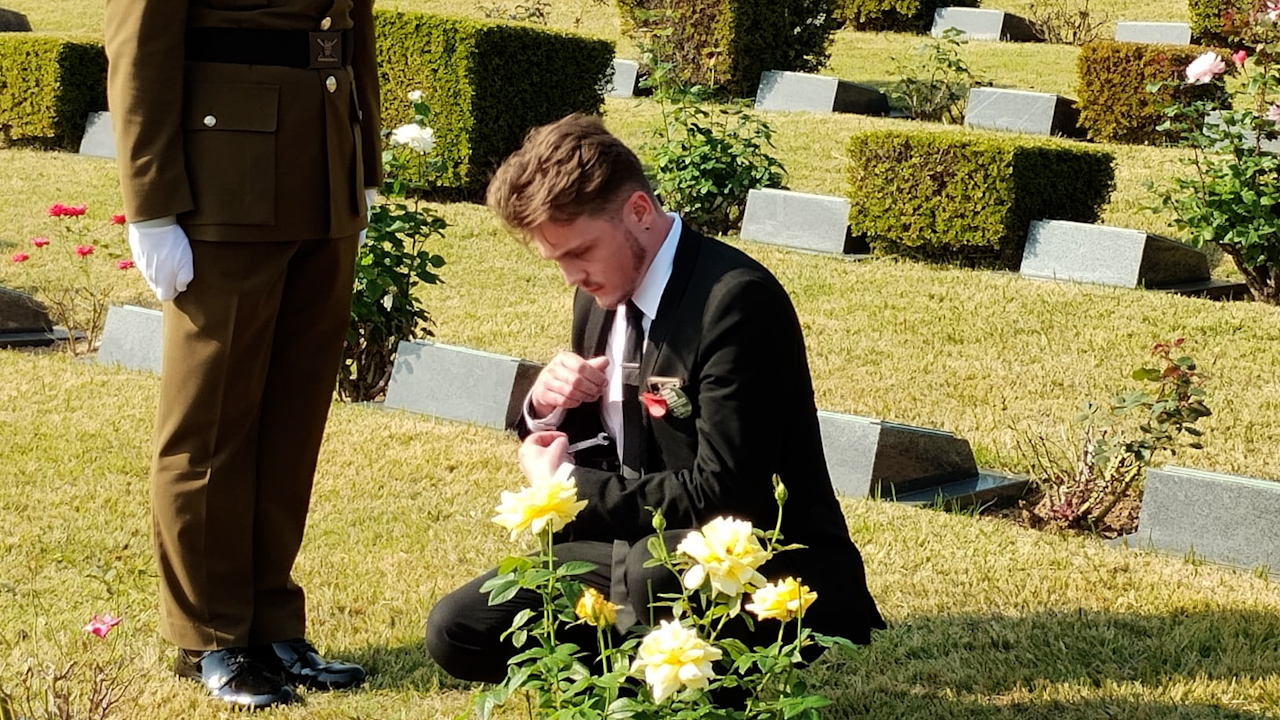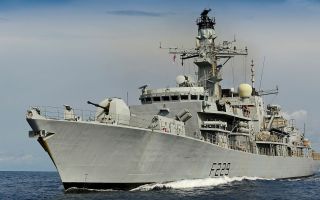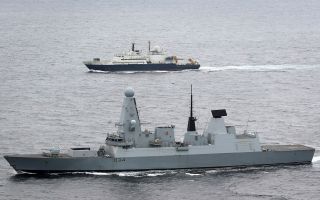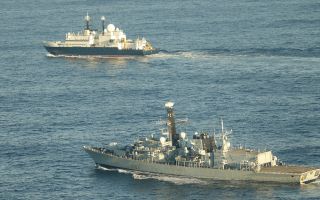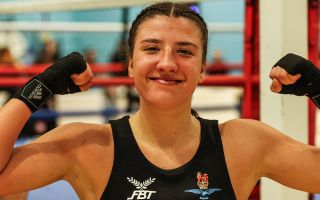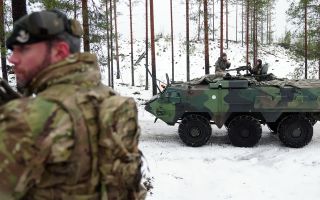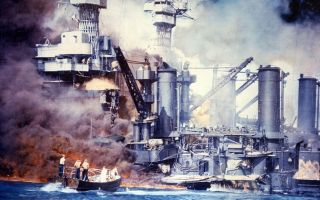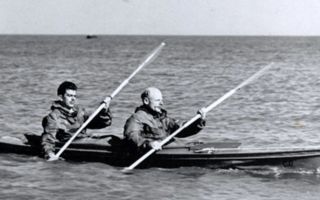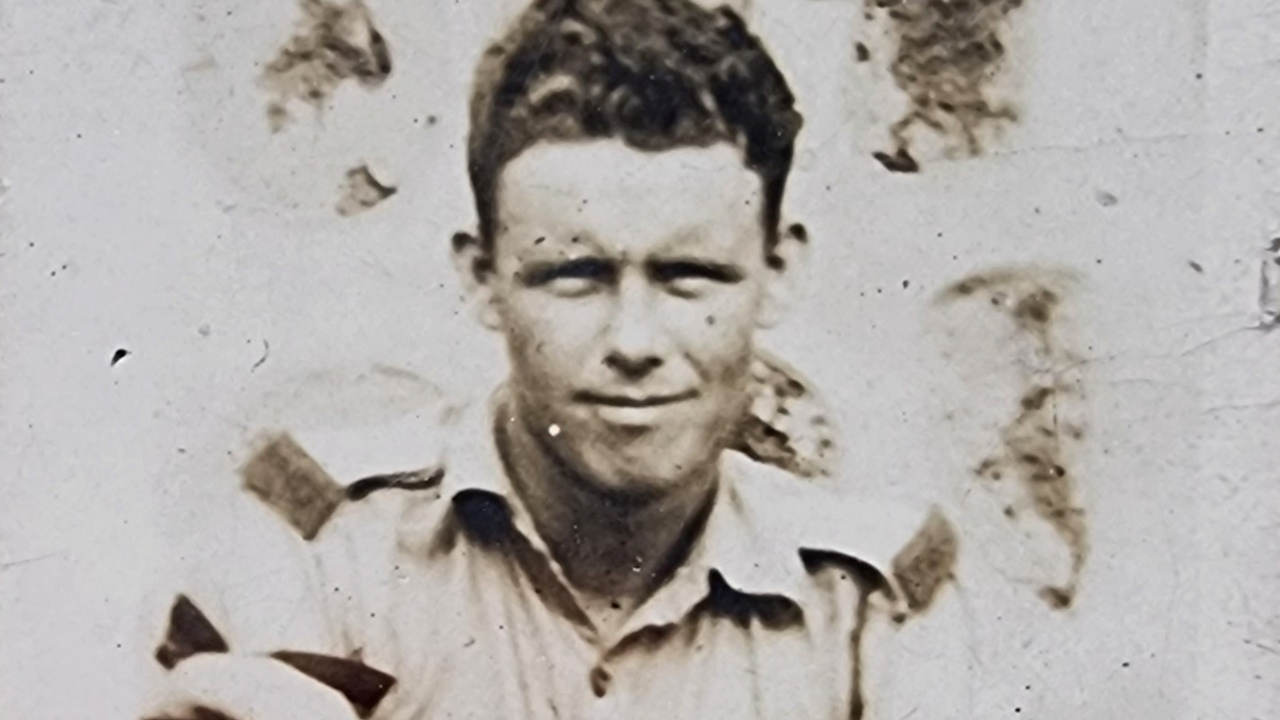
Korean War dead identified in UN graveyard as British soldiers missing for more than 70 years

The graves of four British soldiers who served in the Korean War have finally been identified more than 70 years after they died.
The bodies of two soldiers from the Royal Ulster Rifles and two from the Gloucestershire Regiment have been found in the United Nations Memorial Cemetery in Busan by the Ministry of Defence's Joint Casualty and Compassionate Centre (JCCC), known as the War Detectives.
A rededication service was held where the names of Glosters soldiers Major Patrick Angier and Sergeant Donald Northey, and Royal Ulster Rifles infantrymen Corporal William Adair and Rifleman Mark Foster were added to their headstones.
Cameron Adair, Cpl Adair's great nephew, said: "I am extremely proud and grateful for the opportunity to attend such a wonderful service and pay my respects in person to my great uncle.
"I would like to thank all those who have made this possible. It is something I will never forget."
War detective Nicola Nash discovered the graves after examining the casualty files at the UK National Archives, museum records and personal documents before submitting her findings to an independent Ministry of Defence board.
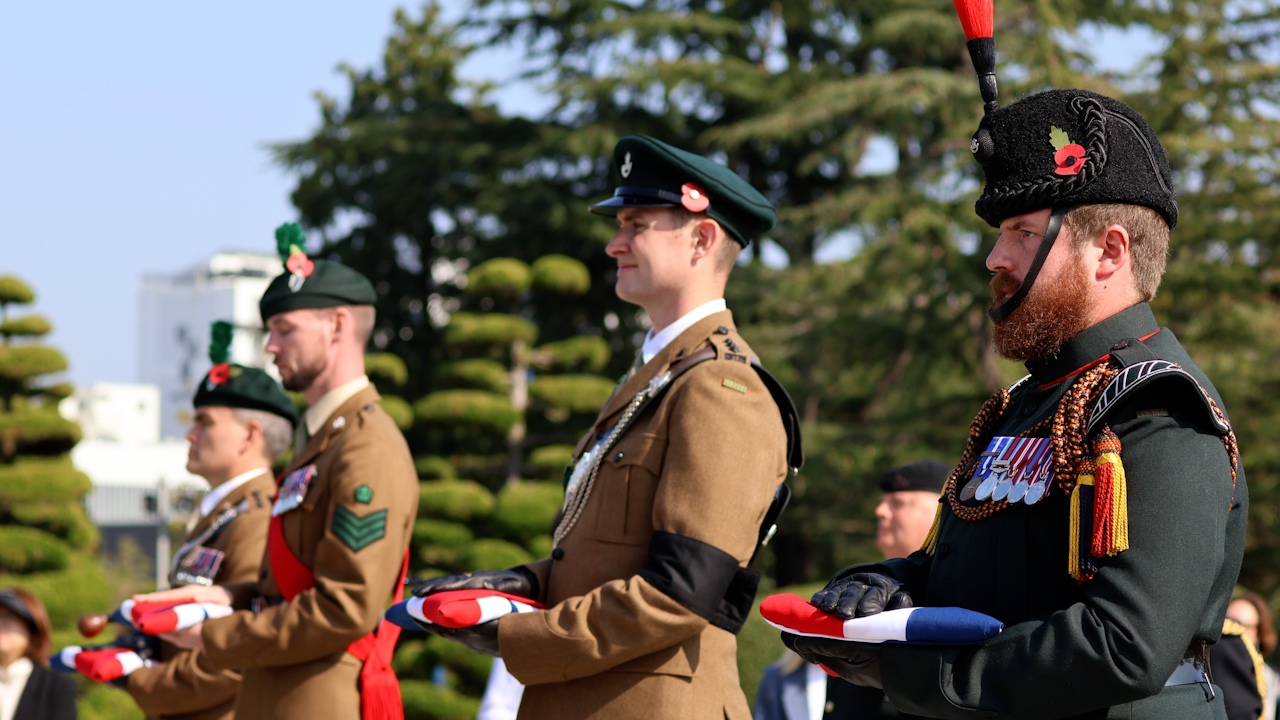
The Korean War took place between 1950 and 1953, and the conflict left millions of Koreans dead as well as more than 100,000 casualties from United Nations forces.
Thirty-year-old Maj Angier and 23-year-old Sgt Northey were both killed in April 1951 during the Battle of the Imjin River.
The three-day battle was one of the bloodiest engagements endured by the British Army since the Second World War, when British troops defeated the Chinese Spring Offensive.
Thirty-one-year-old Cpl Adair and 40-year-old Rfn Foster of the Royal Ulster Rifles were World War Two veterans who deployed to Korea after their regiment was called up in August 1950.
Both men were killed in action in January 1951, when Chinese forces attacked their unit while it was attempting to withdraw.
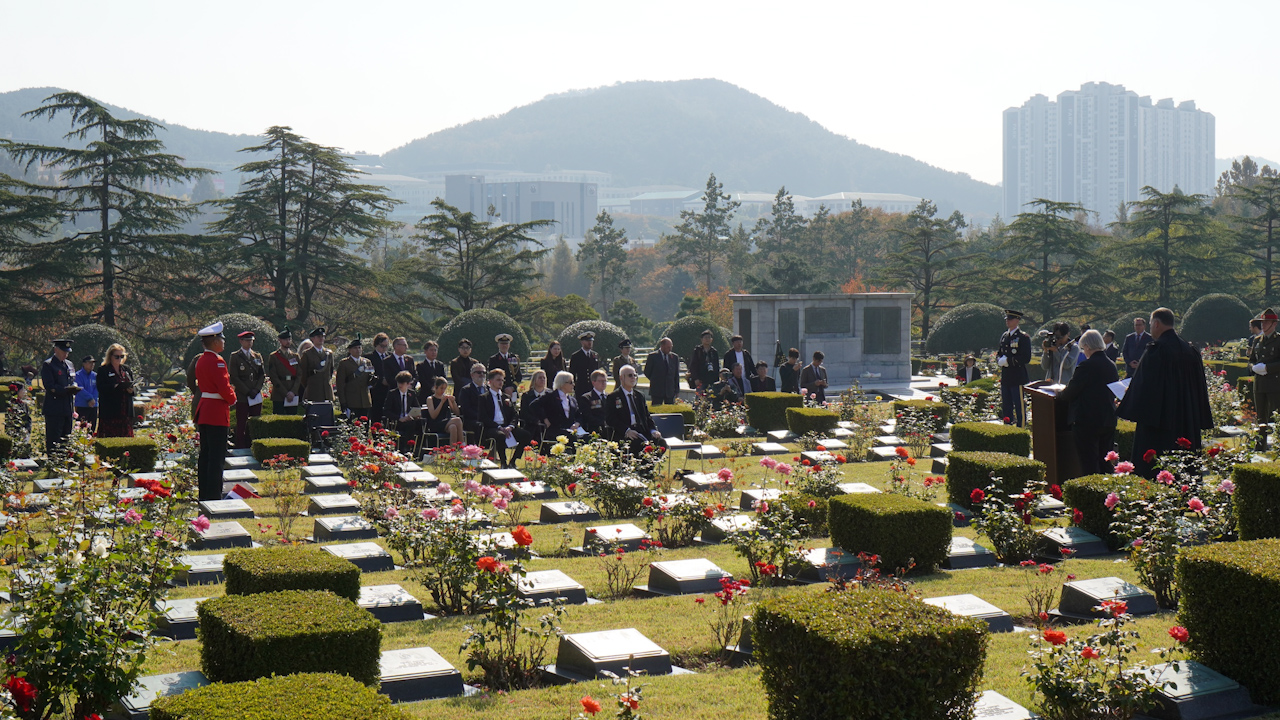
Nicola Nash said: "After more than 70 years, it is wonderful to be able to give these men, previously unknown, a name and reunite them with their families.
"Their graves have been lovingly looked after by the United Nations Memorial Cemetery in Busan, and by the South Korean people.
"It has been such a privilege to be here with the families to pay our respects to these men that gave everything for our freedom."
